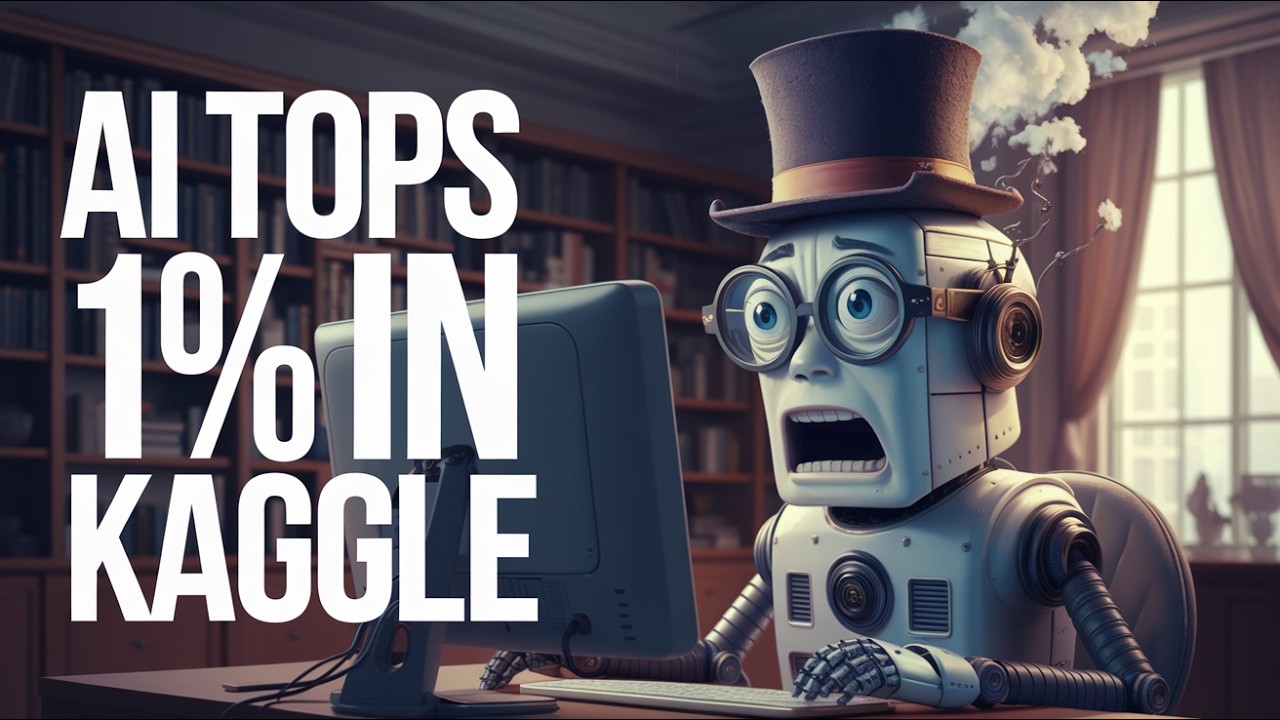In the video, the creator showcases their AI data scientist, the “01 AI data scientist,” which achieved a top 1% ranking in the Kaggle Spaceship Titanic challenge and has been open-sourced for others to use. They explain the AI’s architecture, including its error-correcting mechanisms and iterative learning process, while promoting a detailed course for those interested in AI development.
In the video, the creator discusses their achievement of developing an AI data scientist, referred to as the “01 AI data scientist,” which ranked 28th in the Kaggle Spaceship Titanic challenge, placing it in the top 1% out of over 2,300 entries. The creator has open-sourced this AI, making it available for others to try out, and provides a link in the description. They also mention a detailed video course that outlines the step-by-step process of building this AI, aimed at those interested in learning more about AI development.
The AI operates by generating machine learning solutions and saving progress reports that include various accuracy metrics. The creator demonstrates the submission process for predictions made by the AI, noting that while one submission achieved an accuracy score of approximately 80%, it was slightly lower than their best submission. They explain that this best submission placed them around the 29th position, showcasing the AI’s capability to perform well in competitive environments.
The creator outlines the architecture of the AI, which consists of four main components. One key feature is a timeout improvement mechanism that limits the runtime of the machine learning solutions to 30 minutes. If the AI times out, it sends the task back to the 01 system for optimization. Additionally, they employ an error-correcting model to handle any issues that arise during execution, ensuring that the AI can adapt and improve its performance over time.
The workflow of the AI involves an agent that writes code and another that enhances it. During execution, the system checks for errors or timeouts, and if any issues occur, it sends the task to the cloud for correction. If the code runs successfully, the progress report is saved, and the solution is sent back to the 01 system for further improvement. This iterative process highlights the AI’s ability to learn and refine its approach based on real-time feedback.
Finally, the creator encourages viewers to explore their GitHub repository, where they can find the open-sourced AI project along with other interesting projects. They also promote their THX course, which offers comprehensive training on building independent AI applications. The course includes live coding sessions, AMAs, and one-on-one consultations for patrons, making it a valuable resource for those looking to deepen their understanding of AI development. The video concludes with a call to action for viewers to check out the GitHub link and engage with the content.
